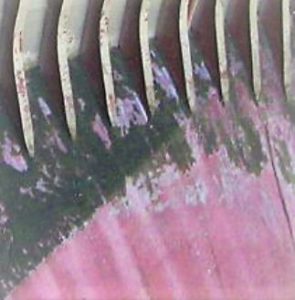Cargo residues and cargo hold washings containing harmful to the marine environment substances are included in the definition of garbage within MARPOL Annex V. IMO based on IMSBC Code developed a classification scheme for solid bulk cargoes to define whether they are harmful to the marine environment or not.
A cargo is considered HME, if it fails any of the seven specified criteria, classed according to the UN Globally Harmonized System of Classification and Labelling of Chemicals (UN GHS),which are the following: Acute toxicity, Chronic toxicity, Carcinogenicity, Mutagenicity, Reproductive toxicity, Repeated exposure of specific target organ toxicity [STOT] and the Presence of plastics, rubber or synthetic polymers.

As per previously Resolution MSC.393(95), a new ‘Section 14’ had been added for the prevention of pollution by cargo residues from ships. The provisions of this section address the management of residues of solid bulk cargoes, in relation to the 2012 Guidelines for the implementation of MARPOL Annex V (resolution MEPC.219(63).
As per recent Resolution MSC.426(98), the ‘Section 14’ is now deleted to avoid any duplication of mandatory requirements. In ‘Section 4’ of the related Resolution, a crystal clear requirement has been added in order for the cargo to be declared as HME prior loading, aligned to Marpol Annex V guidelines.
Making HME classification and declaration requirement mandatory, all cargo residues and cargo hold washings containing harmful to the marine environment substances, which have been designated HME, must be discharged at appropriate reception facilities. If adequate port reception facilities for HME cargo residues are not available, the Master of the ship should report alleged inadequacies of port reception facility as per format given in Appendix 1 of circular MEPC.1/Circ.834 – Format for Reporting Alleged Inadequacies of Port Reception Facilities.
Source: MSC.426(98), MEPC.277(70), MEPC.1/Circ 834.
Contact us to receive a professional advisory in your area of interest.
